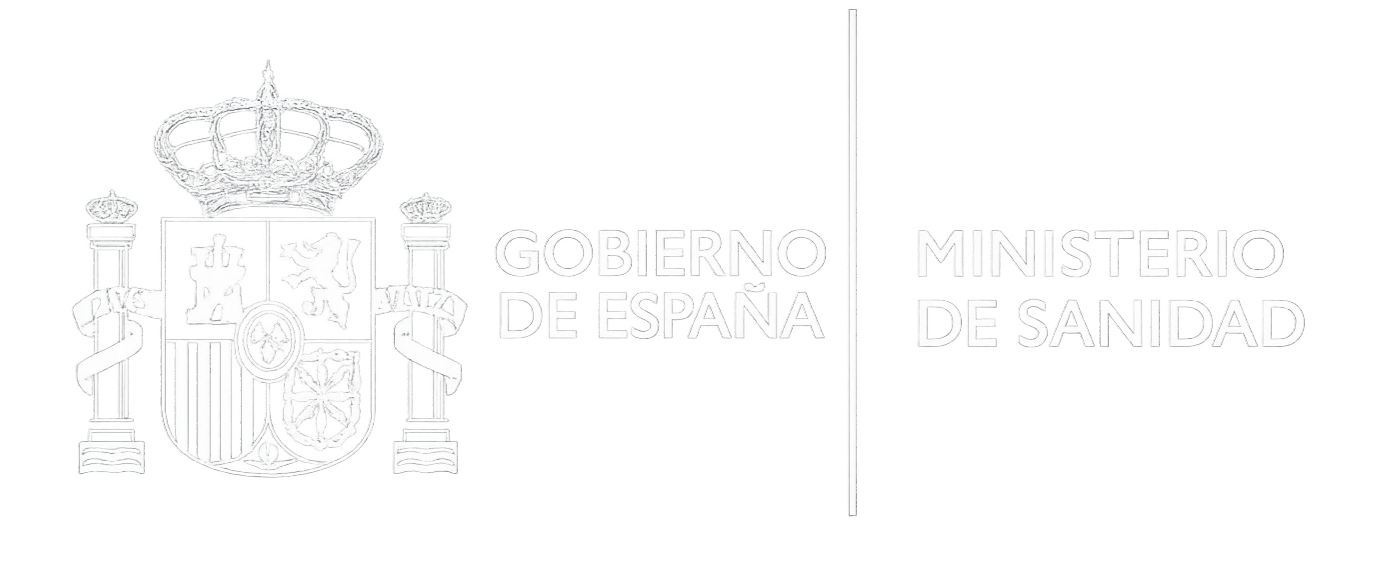Desigualdades socioeconómicas
Does Family Material Affluence Affect the Future Socio-political Participation of Adolescents and Their Concerns About Social Issues? An Approach From Structural Equation Modeling and Gender Invariance
Salado, V., Moreno-Maldonado, C., Luna, S., Rivera, F. (2024)
Sage Open.
JCR (2023): SOCIAL SCIENCE INTERDISCIPLINARY (58 OF 267): Q1
FI: 2
Association of alcohol control policies with adolescent alcohol consumption and with social inequality in adolescent alcohol consumption: A multilevel study in 33 countries and regions.
Leal-López, E., Moreno-Maldonado, C., Inchley, J., Deforche, D., Van Havere, T., Van Dammeg, J., Buijs, T., Sánchez-Queija, I., Currie, D., Vieno, A., De Clercq, B. (2020)
International Journal of Drug Policy.
JCR (2019): SUBSTANCE USE (3 OF 36): Q1
FI: 4.444
FI: 4.444
Intersectionality and Adolescent Mental Well-being: A Cross-Nationally Comparative Analysis of the Interplay Between Immigration Background, Socioeconomic Status and Gender.
Kern, M. R., Duinhof, E. L., Walsh, S. D., Cosma, A., Moreno-Maldonado, C., Molcho, M., Currie, C., Stevens, G.W.J.M. (2020)
Journal of Adolescent Health.
JCR (2019): PUBLIC, ENVIRONMENTAL & OCCUPATIONAL HEALTH (30 OF 193): Q1 / PEDIATRICS (9 OF 128): Q1
FI: 3.900
FI: 3.900
Factors associated with life satisfaction of adolescents living with employed and unemployed parents in Spain and Portugal: A person focused approach.
Moreno-Maldonado, C., Jiménez-Iglesias, A., Camacho, I., Rivera, F., Moreno, C., & Matos, M. G. (2020).
Children and Youth Services Review.
JCR (2019): FAMILY STUDIES (18 de 46). Q2 / SOCIAL WORK (7 de 43). Q1
FI: 1.684
FI: 1.684
The Role of Body Image in Internalizing Mental Health Problems in Spanish Adolescents: An Analysis According to Sex, Age, and Socioeconomic Status.
Ramos, P., Moreno-Maldonado, C., Moreno, C., & Rivera, F. (2019).
Frontiers in Psychology, 10:1952.
JCR (2018): PSYCHOLOGY, MULTIDISCIPLINARY (40 OF 137): Q2
FI: 2,129
Direct and Indirect Influences of Objective Socioeconomic Position on Adolescent Health: The Mediating Roles of Subjective Socioeconomic Status and Lifestyles.
Moreno-Maldonado, C., Ramos, P., Moreno, C., & Rivera, F. (2019).
International Journal of Environmental Research and Public Health, 16(9), 1637.
JCR (2018): ENVIRONMENTAL SCIENCES (112 OF 250): Q2, PUBLIC, ENVIRONMENTAL & OCCUPATIONAL HEALTH (67 OF 185): Q2
FI: 2,468
Characterization of Resilient Adolescents in the Context of Parental Unemployment.
Moreno-Maldonado, C., Jiménez-Iglesias, A., Rivera, F., & Moreno, C. (2019).
Child Indicators Research.
JCR (2018) SOCIAL SCIENCE, INTERDISCIPLINARY (39 OF 104): Q2
FI: 1,656
Social inequality in adolescent life satisfaction: Comparison of measure approaches and correlation with macro-level indices in 41 countries.
Zaborskis, A. Grincaite, M., Lenzi, M., Tesler, R., Moreno-Maldonado, C., & Mazur, J. (2019).
Social Indicators Research, 141 (3), 1055–1079.
JCR (2018) SOCIAL SCIENCE, INTERDISCIPLINARY (35 OF 104): Q2, SOCIOLOGY (50 OF 148): Q2.
FI: 1,703
FI: 1,703
Multidimensional poverty among adolescents in 38 countries: Evidence from the Health Behaviour in School-aged Children (HBSC) 2013/14 Study.
Chzhen, Y., Bruckauf, Z., Toczydlowska, E., Elgar, F. J., Moreno-Maldonado, C., Stevens, G. W., ... & Gariépy, G. (2018).
Child Indicators Research, 11(3), 729–753.
JCR (2017) SOCIAL SCIENCES, INTERDISCIPLINARY (21 OF 98). Q1
FI: 1,858
Measuring the socioeconomic position of adolescents: A proposal for a composite index.
Moreno-Maldonado, C., Rivera, F., Ramos, P., & Moreno, C. (2018).
Social Indicators Research, 136(2), 517-538.
JCR (2017) SOCIAL SCIENCE, INTERDISCIPLINARY (27 OF 98) Q2, SOCIOLOGY (42 OF 147) Q2.
FI: 1,648
FI: 1,648
How family socioeconomic status, peer behaviors, and school-based intervention on healthy habits influence adolescent eating behaviors.
Moreno-Maldonado, C., Ramos, P., Rivera, F., & Moreno, C. (2018).
School Psychology International, 39(1), 92-118.
JCR (2017) PSYCHOLOGY, EDUCATIONAL (44 OF 59). Q3
FI: 1,103
Indicadores para detectar y evaluar el impacto de las desigualdades socioeconómicas en los estilos de vida y la salud de los adolescentes españoles.
Moreno-Maldonado, C., Moreno, C. y Rivera, F. (2016).
Apuntes de Psicología, 34(2-3),177-188.
JSM (2015) PSYCOLOGY (923 OF 1027). Q4.
Analysis of social inequalities in health through an integrated measure of perceived and experienced health in Spanish and Portuguese adolescents.
Ramos, P., Moreno, C., Rivera, F., Gaspar, M., & Morgan, A. (2012).
Journal of Health Psychology, 17(1), 57-67.
JCR: CLINICAL PSYCHOLOGY (44 OF 114). Q2
FI: 1,882
Integrated analysis of the health and social inequalities of Spanish adolescents.
Ramos, P., Moreno, C., Rivera, F., & Pérez, P.J. (2010).
Child Indicators Research. Online first.
International Journal of Clinical and Health Psychology, 10 (3), 477- 498
JCR: CLINICAL PSYCHOLOGY (38 of 104). Q2
FI: 1,842


